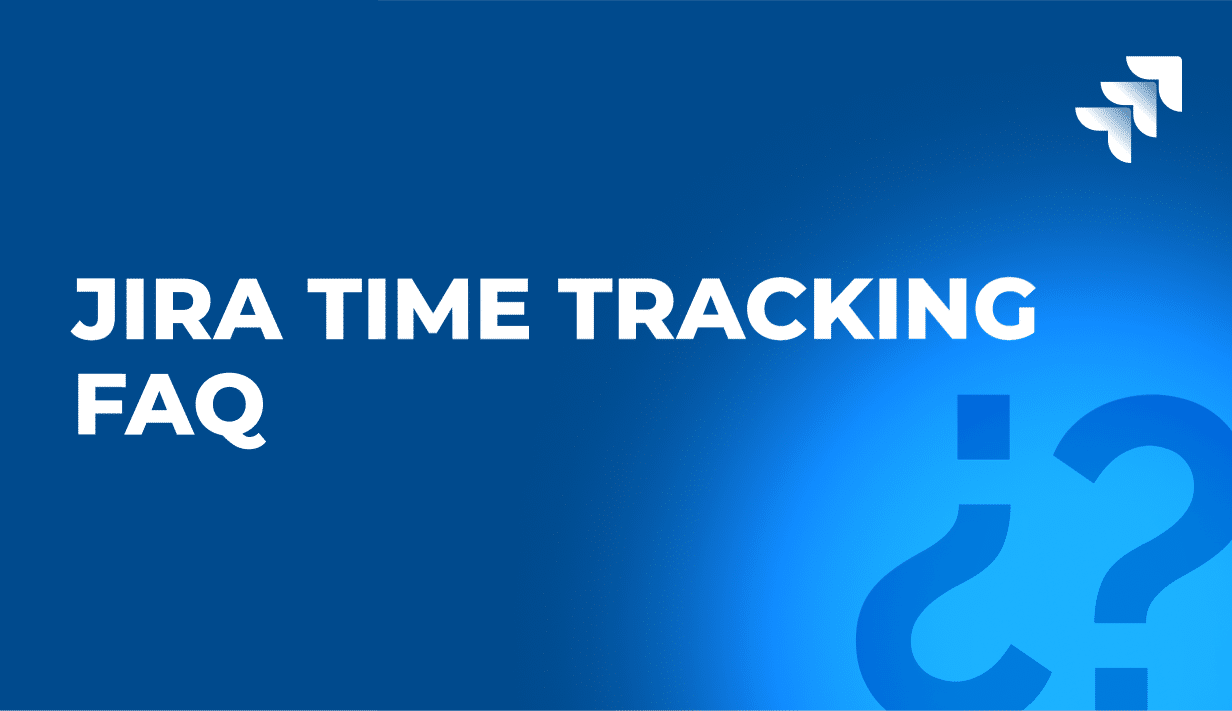In professional services, effective utilization management is essential for balancing workforce capacity with business demand. In many cases, maximum productivity, profitability, and employee satisfaction depends on it. But how to approach utilization review to achieve maximum profits? We answer this question in this article!
In this article, you will learn:
- What is utilization management
- What is the perfect resource utilization management process
- What is utilization review in utilization management
- How to make utilization management simple and error-free
What Is Utilization Management?
Utilization management refers to the process of monitoring and optimizing how billable and non-billable hours are allocated across projects. It helps firms achieve the right balance between workload distribution and business growth by ensuring professionals are neither overworked nor underutilized.
Why Is Utilization Management Critical for Health Care Services?
Utilization management is particularly common in medical organization wishing to manage health care costs because it plays a crucial role in controlling expenses, improving patient care, and ensuring efficient resource allocation. As such, utilization management offers numerous health care benefits for providers. These include:
- Cost Containment: Healthcare services are expensive, and utilization management helps ensure that treatments and procedures are medically necessary, preventing unnecessary costs for both providers and patients.
- Insurance and Payer Oversight: Health insurance companies and government programs (such as Medicare and Medicaid) require utilization management to ensure appropriate reimbursement and avoid overutilization of services.
- Quality and Patient Outcomes: Utilization management ensures that patients receive the most effective treatments from health care professionals without undergoing unnecessary or redundant procedures, improving overall health outcomes.
- Regulatory Compliance: Many healthcare regulations require providers to follow utilization management practices to meet standards of care, prevent fraud, and ensure ethical resource use.
- Workforce and Facility Efficiency: Hospitals and healthcare organizations must manage staffing, equipment, and facilities efficiently to handle patient demand while avoiding excessive costs and employee burnout.
How Can Other Professional Services Companies Benefit From Utilization Management?
Utilization management is beneficial not only for medical services, but also for any professional services planning resources on a daily basis. With this process, they can achieve:
- Increased profitability.
- Enhanced workforce productivity.
- Better client service and satisfaction.
- Balanced workload management and reduced burnout.
- Data-driven decision-making.
- Scalability and growth.

Utilization Management Process Explained
An utilization management program can turn any business into a profitable organization. But where to start that process?
Step 1. Define Utilization Metrics and Targets
The first step in utilization management is to define utilization metrics and targets that align with the company’s business goals.
Common metrics include:
- Billable utilization – the percentage of available hours spent on revenue-generating work,
- Productive utilization (which includes both billable and strategic internal initiatives,
- Capacity utilization (which measures total work engagement, both billable and non-billable.
Setting industry-aligned utilization targets—such as 75-85% for consultants—ensures employees are neither overburdened nor underutilized. Companies should also differentiate utilization targets by seniority level, recognizing that leadership roles often require time for business development and mentoring.
Step 2. Workforce Capacity Planning
Once utilization targets are established, workforce capacity planning ensures that the company understands its resource availability. This involves assessing total available hours while accounting for PTO, training, and holidays, as well as maintaining a skills inventory to align talent with project needs.
Demand forecasting, informed by historical trends and sales pipeline data, helps companies anticipate workload fluctuations and proactively manage staffing levels. By leveraging data insights, firms can ensure a balanced and agile workforce.
Step 3. Resource Allocation and Scheduling
Resource allocation and scheduling follow workforce capacity planning, ensuring that employees are assigned to the right projects at the right time. This step requires balancing workloads to prevent both burnout and underutilization, prioritizing high-value projects for experienced professionals, and using automated scheduling tools to optimize efficiency. Regular resource allocation reviews help managers adapt to changes in demand, ensuring that the firm remains responsive to client needs while maximizing employee productivity.
Example of resource planning in BigTime Foresight
Step 4. Utilization Tracking and Real-Time Monitoring
To maintain optimal utilization, companies must implement utilization tracking and real-time monitoring. This involves integrating time-tracking systems with project management tools to collect accurate data, leveraging automated reporting dashboards to track utilization at individual, team, and company levels, and conducting variance analysis to compare planned vs. actual utilization. By identifying trends and anomalies, firms can proactively address inefficiencies before they impact profitability.
Step 5. Performance Review and Adjustments
Regular performance reviews and adjustments are essential to refine utilization strategies. Weekly or monthly utilization reports allow managers to detect underperformance, while feedback loops between project managers and employees help address concerns and optimize workload distribution.
An example of capacity report with general utilization rate in BigTime
Step 6. Continuous Improvement and Strategic Optimization
The final step in utilization management is continuous improvement and strategic optimization. Companies should continuously identify bottlenecks—such as excessive internal meetings—that reduce billable hours, adjust utilization targets to align with seasonal business cycles, and invest in professional development to expand employee skill sets. Additionally, prioritizing employee engagement and well-being helps reduce attrition and sustain high performance over the long term.

Utilization Review in Utilization Management
Utilization Review (UR) is a critical component of Utilization Management (UM) that involves systematically evaluating how resources—particularly employee time and effort—are used within an organization. The goal of utilization review is to ensure that work is allocated efficiently, aligns with business objectives, and maximizes productivity without overloading employees or leaving resources underutilized.
What To Measure in The Utilization Review?
In professional services firms, utilization review focuses on assessing billable and non-billable hours, monitoring project assignments, and ensuring that employees are working at an optimal capacity. This process typically involves:
- Tracking Actual vs. Planned Utilization – Comparing an employee’s actual utilization rate against established targets to identify variances.
- Assessing Efficiency and Effectiveness – Evaluating whether time spent on billable work is productive and aligned with revenue goals.
- Identifying Underutilization or Overutilization – Detecting employees who are either under-assigned (leading to lost revenue opportunities) or overburdened (which can cause burnout and turnover).
- Reallocating Resources if Necessary – Adjusting staffing levels, shifting workloads, or reassigning tasks to balance efficiency and workload distribution.
- Improving Forecasting and Planning – Using historical utilization data to refine workforce planning and future resource allocation.
Types of Utilization Review
There are three primary types of utilization review within utilization management:
- Prospective Review – Conducted before work is assigned to ensure that resource allocation is optimal and aligned with business priorities.
- Concurrent Review – Ongoing monitoring of active projects to track real-time utilization and address inefficiencies immediately.
- Retrospective Review – Post-project analysis to evaluate utilization patterns, identify trends, and refine future workforce planning strategies.
Regardless of the type, utilization review helps professional services firms make data-driven decisions, reduce inefficiencies, and maintain a balance between employee workload and profitability. By regularly reviewing and adjusting utilization using different types of reviews, organizations can enhance performance, increase revenue, and improve overall operational effectiveness, improving their profits in the process.
Can Resource Management Tools Make Utilization Management Simpler?
Resource management tools play a crucial role in optimizing the utilization management process by providing real-time visibility into workforce capacity, project assignments, and overall utilization rates.
By integrating time-tracking systems, scheduling platforms, and analytics dashboards, managers can monitor billable and non-billable hours, detect underutilization or overutilization trends, and make proactive adjustments. Additionally, these tools facilitate demand forecasting and revenue forecasting, helping firms anticipate workload fluctuations and align staffing levels accordingly, reducing inefficiencies and improving profitability.
Another key benefit of resource management tools is their ability to enhance decision-making through data-driven insights and automation. AI-powered features can suggest optimal resource allocation strategies, flag potential workload imbalances, and provide predictive analytics to improve utilization planning.
Get All Of These Features – and More – With BigTime Foresight!
BigTime Foresight is an ideal solution for utilization management due to its comprehensive resource and financial planning capabilities. It enables firms to model and forecast project profitability by creating budgets based on allocation plans, allowing for precise financial predictions. This integration between operational planning and financial forecasting helps maximize project success.
Additionally, BigTime Foresight offers a unified view of resource availability, skills, and costs, facilitating effective capacity and utilization management across teams. The platform provides real-time reports comparing planned versus actual performance, enabling informed decision-making and alignment among delivery, finance, and sales teams
Don’t waste another minute managing utilization manually – book a demo with BigTime Foresight and leave the majority of the process to our tool.




